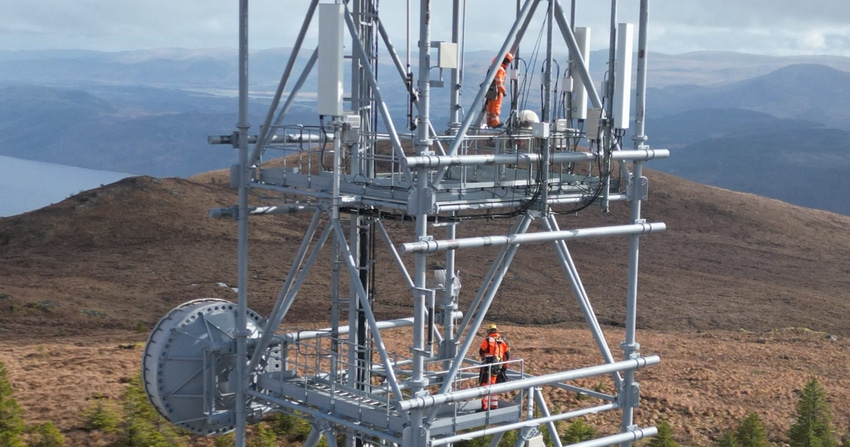Mobile operator EE has rolled out 4G coverage to 1,500 remote sites across the UK under the country's shared rural network scheme, putting it well on its way to meeting its target.
April 20, 2023

Mobile operator EE has rolled out 4G coverage to 1,500 remote sites across the UK under the country’s shared rural network scheme, putting it well on its way to meeting its target.
The mobile operator is pretty excited about its latest SRN milestone, trumpeting the fact that it is the first to get to the 1,500 mark. In fact, it told telecoms.com that the figure is “up to 30x more than other MNOs,” which suggests someone is really not pulling their weight on rural coverage. Naturally, it didn’t name names.
It’s probably worth noting though that Vodafone recently made an announcement of its own on its SRN progress. In March the operator disclosed that it had extended 4G coverage to 57 rural locations in England, Scotland, Wales and Northern Ireland under the scheme.
EE is clearly some way ahead of that, although it already had greater rural coverage than its rivals when the SRN – a joint initiative between the UK government and the country’s four MNOs – was inked back in 2020. The overall target of the project is to extend 4G coverage to 95 percent of the UK landmass by 2025 and it is backed by over £1 billion in funding: £500 million from the state and £530 million from the telcos.
In late 2021 BT-owned EE shared that it had upgraded 853 sites to 4G under the SRN, mainly in England and Scotland, which means it has nearly doubled its total in about 16 months. At the time it pledged to roll out 4G to an additional 1,532 sites under the SRN by 2024, taking its target to 2,385. As such, it is now well over halfway there, with fewer than 900 sites to go, and although 2024 is looming, that target seems eminently achievable, although doubtless not easy. Or particularly cheap.
EE did not share the finer details of the 1,500 sites in its latest announcement, but made it clear they include areas of the Scottish Highlands – it’s extra-excited about its Loch Ness rollout – Wales, and Cornwall.
“Today marks a major achievement for the Shared Rural Network, with EE becoming the first operator to bring 4G to a further 1,500 remote locations across the UK,” said BT chief executive Philip Jansen, in a canned statement.
Given that the SRN is a joint initiative with the government – and that’s putting it mildly really; the state pretty much had to bully the telcos into agreeing to it with the threat of imposing enforced rural roaming, if memory serves – it was only natural that the UK’s Data and Digital Infrastructure minister would want to have her say too.
“The improved connectivity being delivered by the Shared Rural Network is transforming countryside communities, boosting productivity and giving people reliable and fast mobile connectivity wherever they live,” said Julia Lopez. “It is fantastic to see EE reach such a significant milestone. We look forward to continuing to work together with our industry partners to give rural areas the infrastructure they need in the digital age.”
There’s not a lot to say in response to that really. It goes without saying that better mobile connectivity in rural areas is good news for those living there. While rural connectivity milestone announcements might not be the most exciting, it’s important to mark them. And keep an eye on those operator targets, of course.
Get the latest news straight to your inbox. Register for the Telecoms.com newsletter here.
About the Author(s)
You May Also Like








.png?width=300&auto=webp&quality=80&disable=upscale)


_1.jpg?width=300&auto=webp&quality=80&disable=upscale)


.png?width=800&auto=webp&quality=80&disable=upscale)